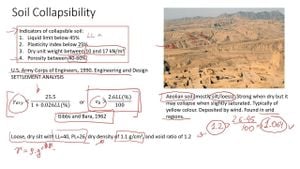Phosphorus-31 magnetic resonance spectroscopic imaging (31P-MRSI) is revolutionizing how researchers observe metabolic processes within tissues, but conventional methods have often struggled with poor sensitivity and long acquisition times. Now, researchers from Purdue University have unveiled PETALUTE, or 3D modified rosette ultra-short echo time acquisition, which offers significant improvements over traditional techniques.
The new imaging technique, introduced at the ISMRM Annual Meeting, employs a unique k-space sampling pattern resembling petals, allowing for more efficient data collection. Compared to the Cartesian sampling pattern traditionally used, PETALUTE permits shorter scan durations and yields higher signal-to-noise ratios (SNR), enabling clinicians and researchers to obtain finer details of tissue metabolism.
Previous studies have demonstrated the promise of 31P-MRSI for assessing various diseases by evaluating metabolites like adenosine triphosphate (ATP) and phosphocreatine (PCr). These measurements can reveal actionable insights about cellular function and energy metabolism, particularly relevant for conditions affecting muscular or cardiac tissues. One major drawback of current techniques, according to the authors, is lengthy scan times caused by prolonged echo times, often exceeding 300 microseconds, resulting in signal loss and making real-time monitoring impractical.
The PETALUTE technique, which boasts echo times as low as 65 microseconds, minimizes this signal decay by acquiring data before significant transverse signal loss occurs. The authors conducted phantom experiments by utilizing standard solutions to verify PETALUTE's efficacy and directly compared it to conventional weighted 31P-MRSI across various settings.
Results indicated PETALUTE's raw SNR was 69% higher than traditional measurements. These findings were corroborated by simulations demonstrating PETALUTE's superior sidelobe performance and spatial response function. "PETALUTE consistently outperformed weighted MRSI, with the advantage being slightly more prominent in AMARES-fitting of the real data at 34% compared to raw SNR of absolute data at 18%,” the authors noted, establishing PETALUTE as not just viable but preferable for clinical use.
Beyond technical specifications, the researchers highlighted the broader applications of PETALUTE. Improved SNR and shorter acquisition times pave the way for enhanced monitoring of treatment outcomes and disease progression across various tissue types, especially relevant for aging populations and during neurological or cancer therapies.
Given the encouraging results demonstrated at this 3T MRI evaluation, researchers anticipate future studies will explore PETALUTE's application across diverse patient populations and potentially combine it with advanced techniques like compressed sensing to reduce scan times even more.
While the PETALUTE approach shows promise for immediate clinical translation, the study concludes with the recognition of the need for continued research. The authors affirm, "Future work will aim to assess accelerated performance in patient populations," which suggests avenues for integrated methodologies with real-world applications.
All innovations arise from comprehensive investigation, particularly those attempting to alter established protocols. The development of PETALUTE highlights the importance of optimizing imaging techniques not only for immediate applications but also for long-term, sustainable improvements to patient care and diagnostic capabilities.



